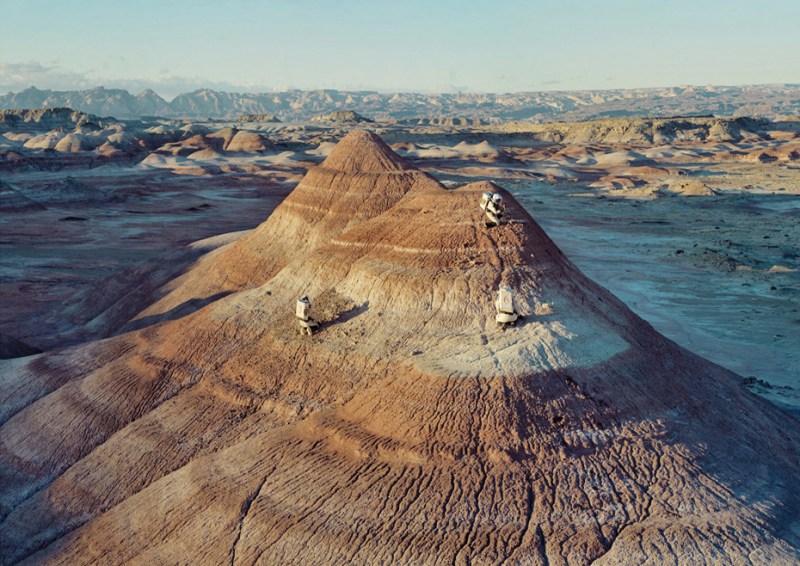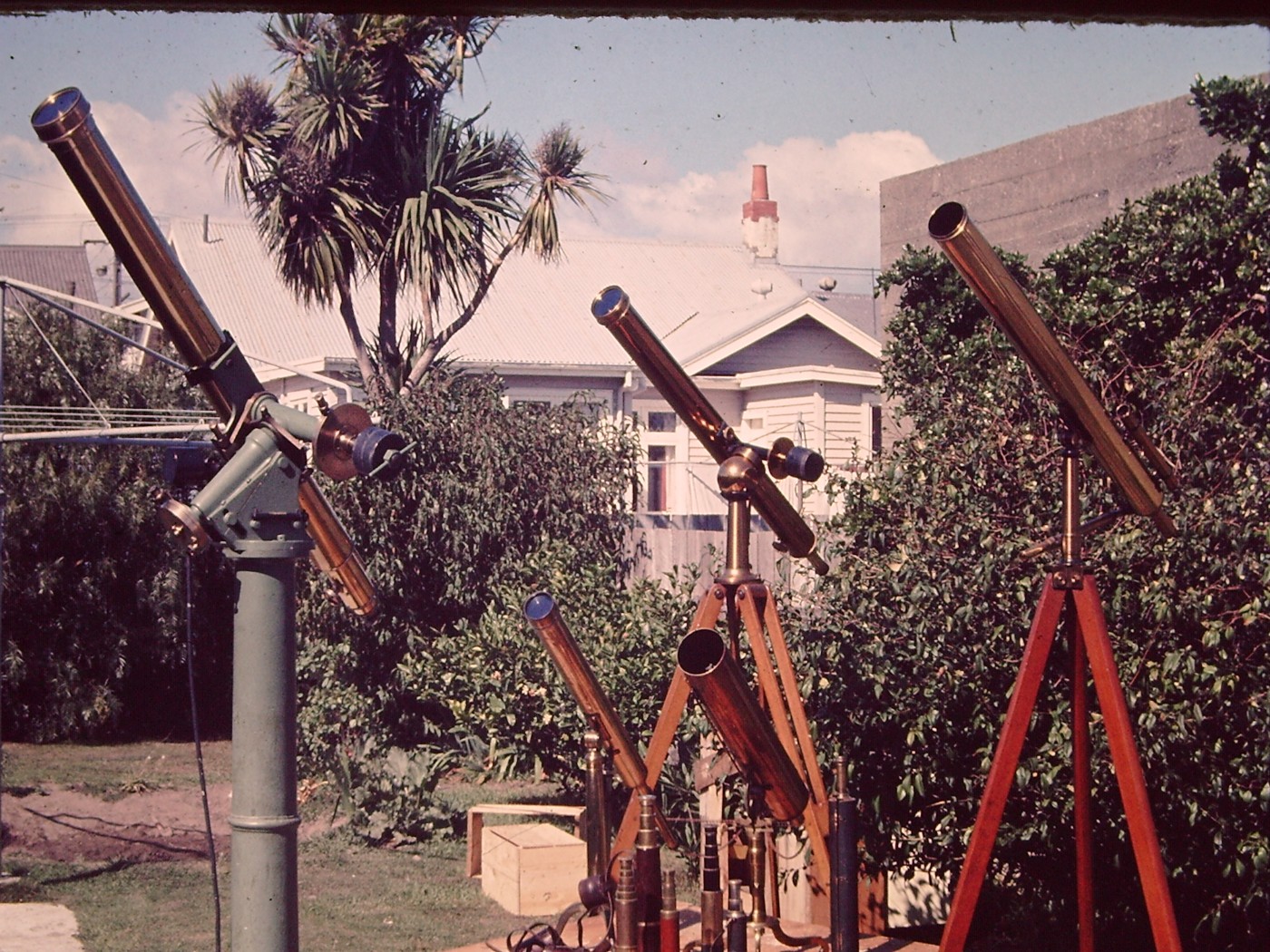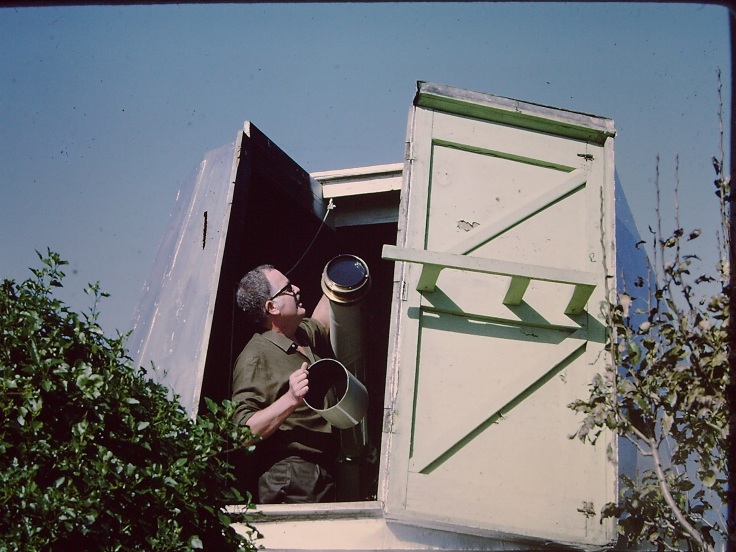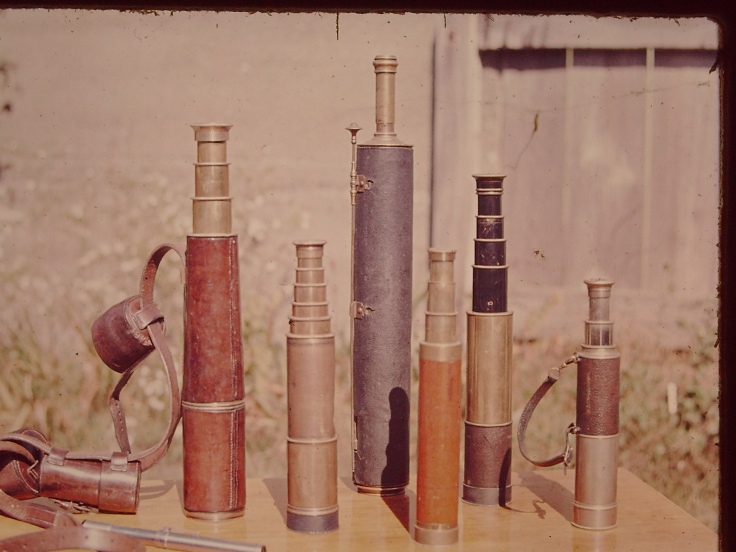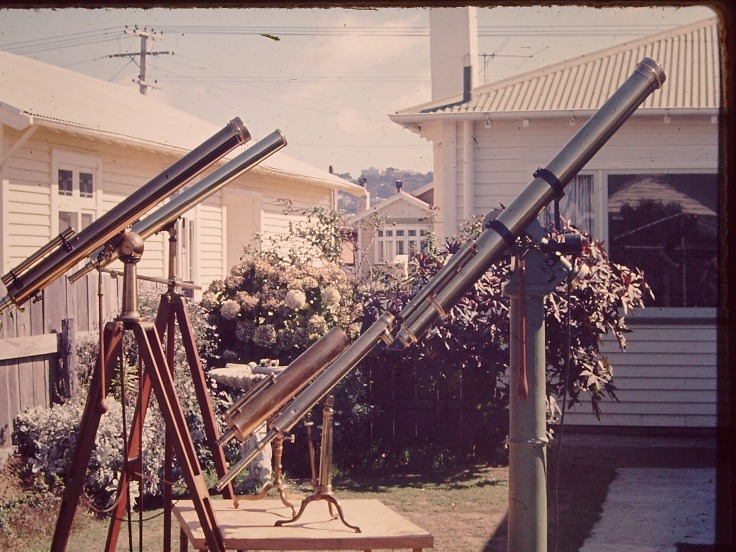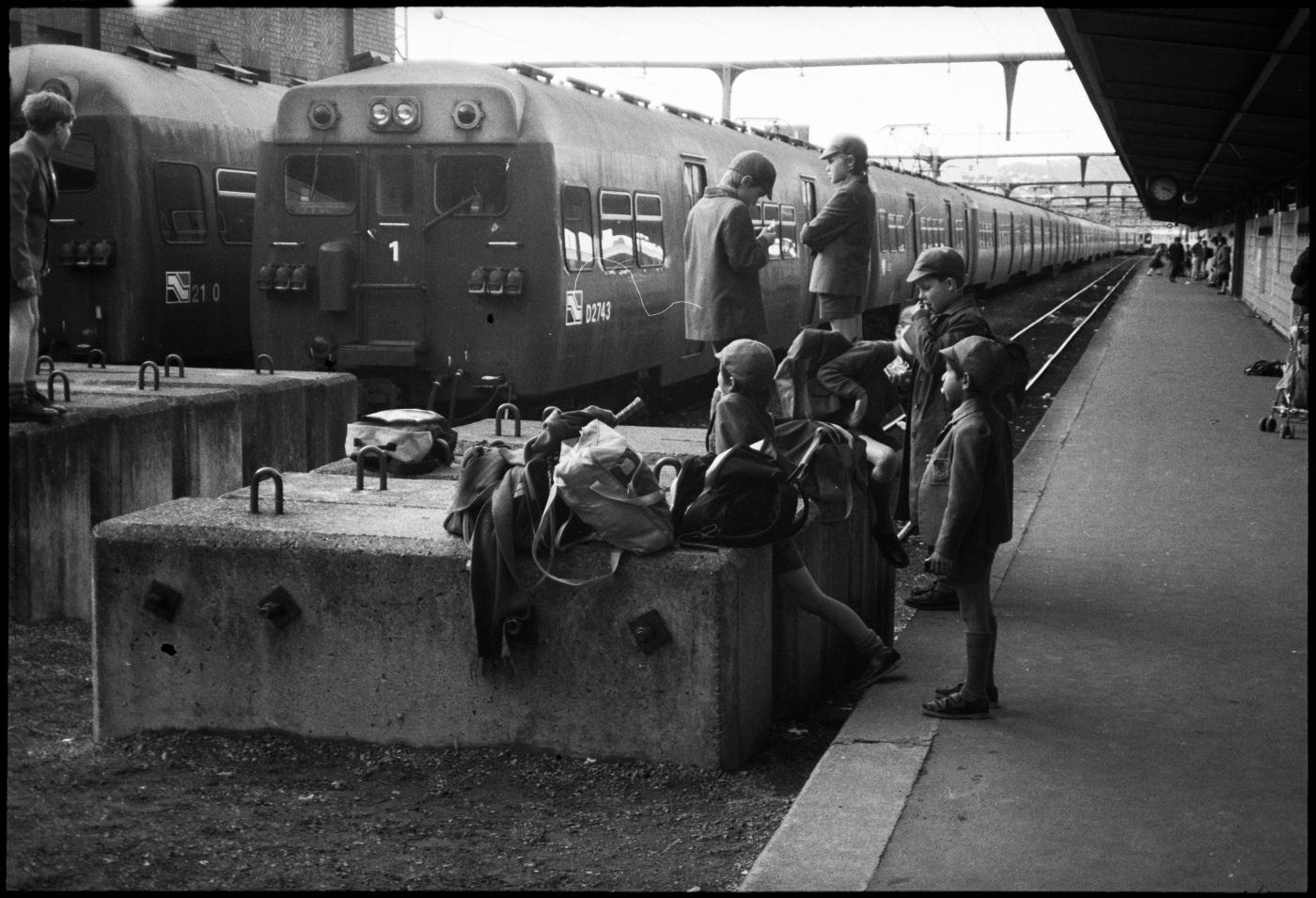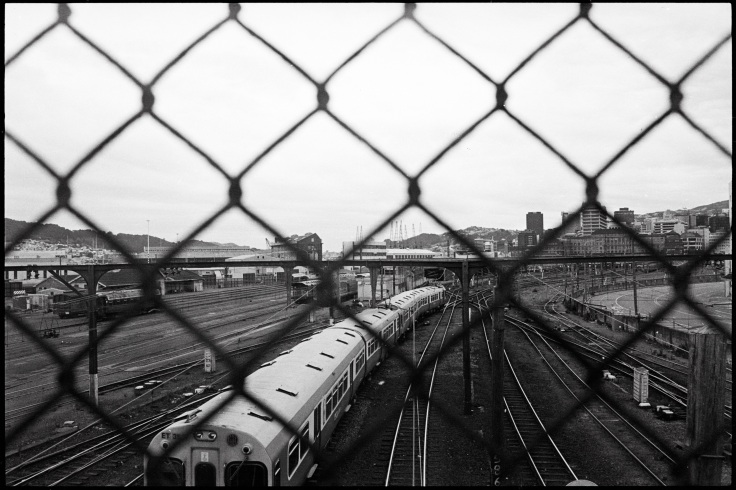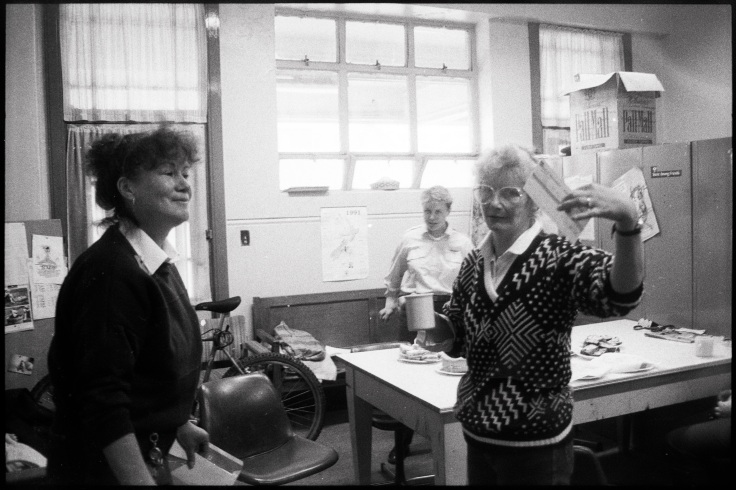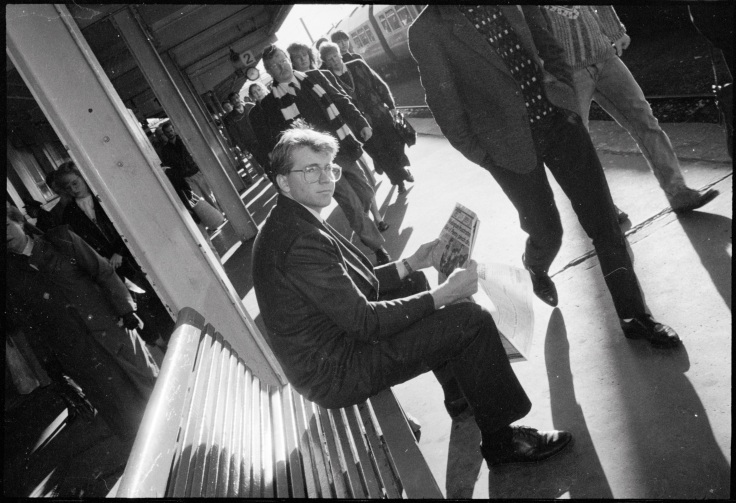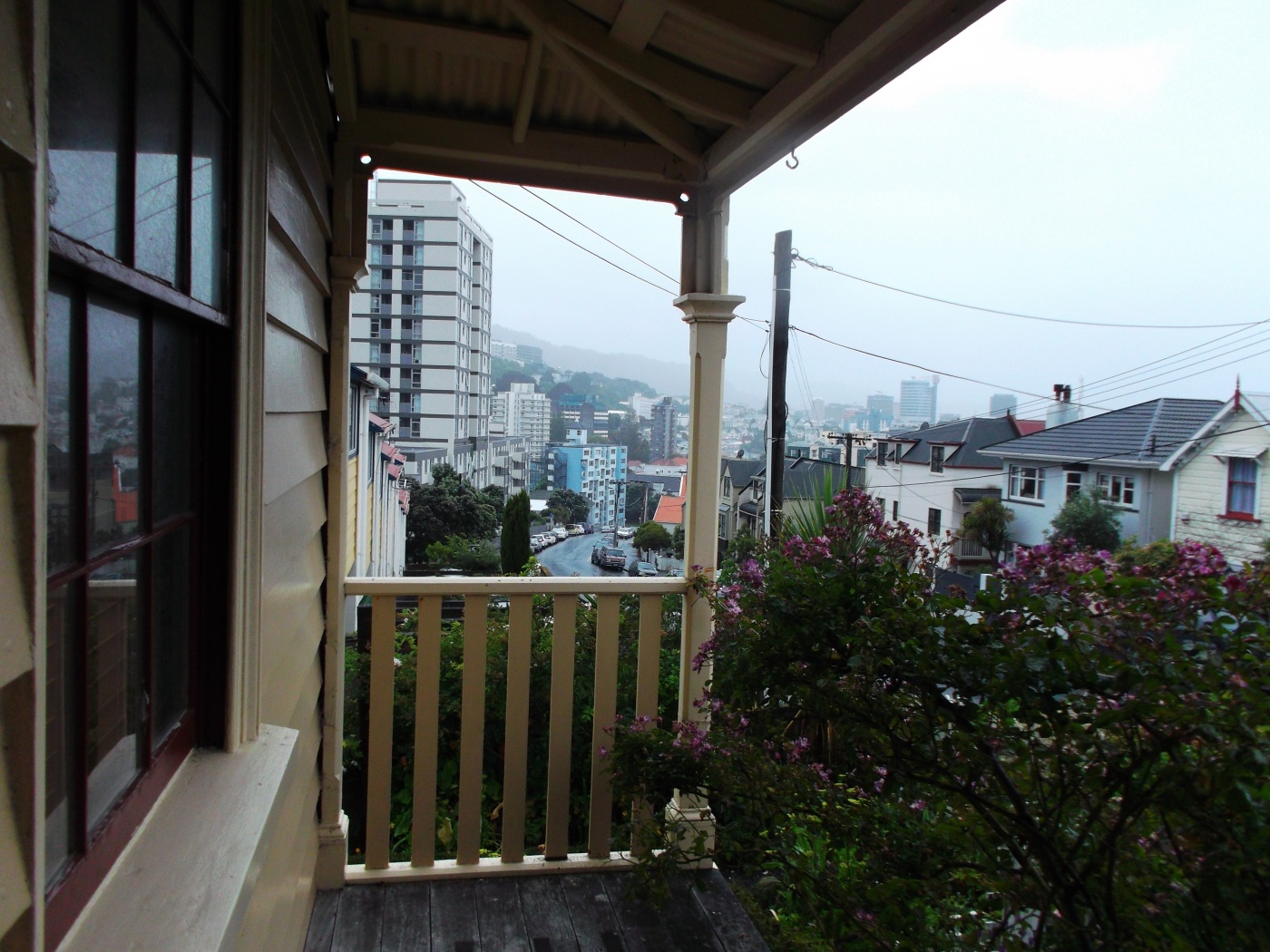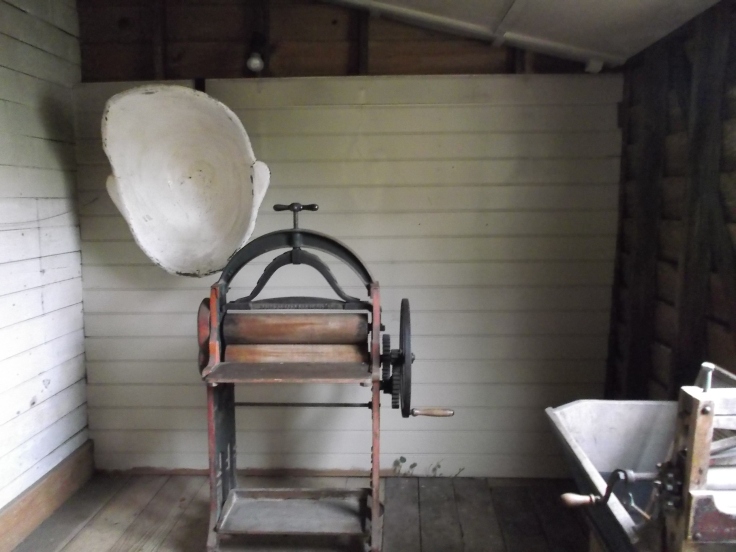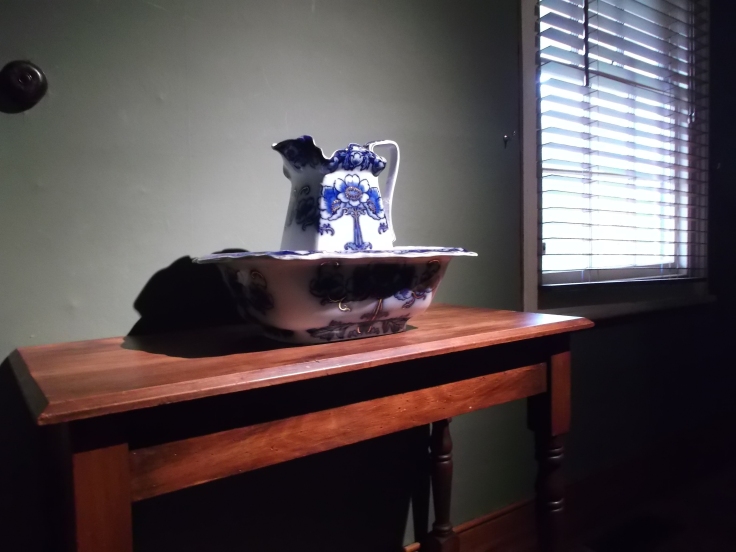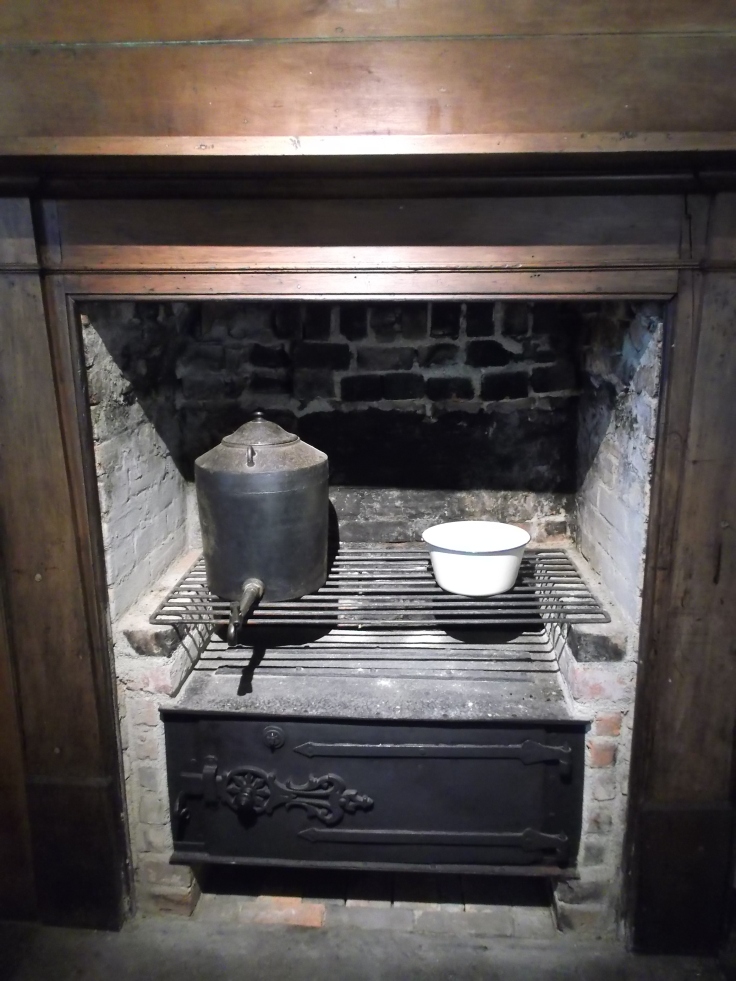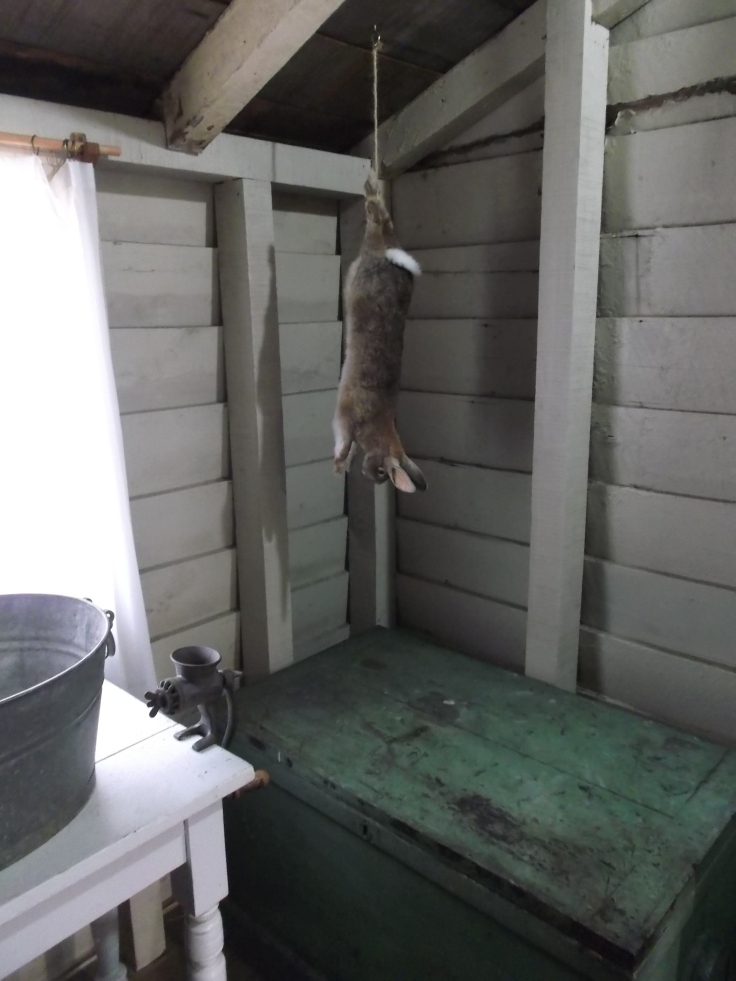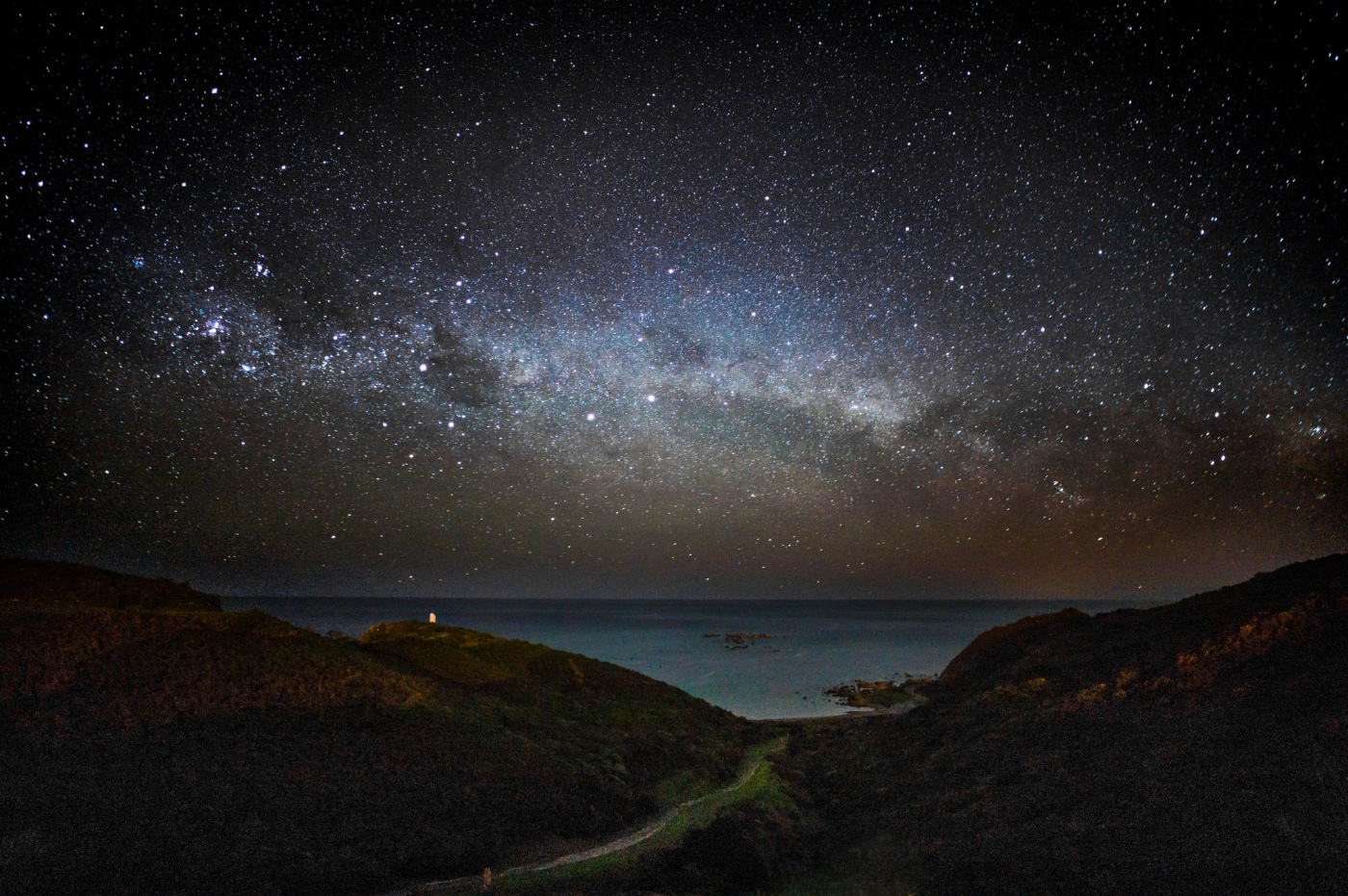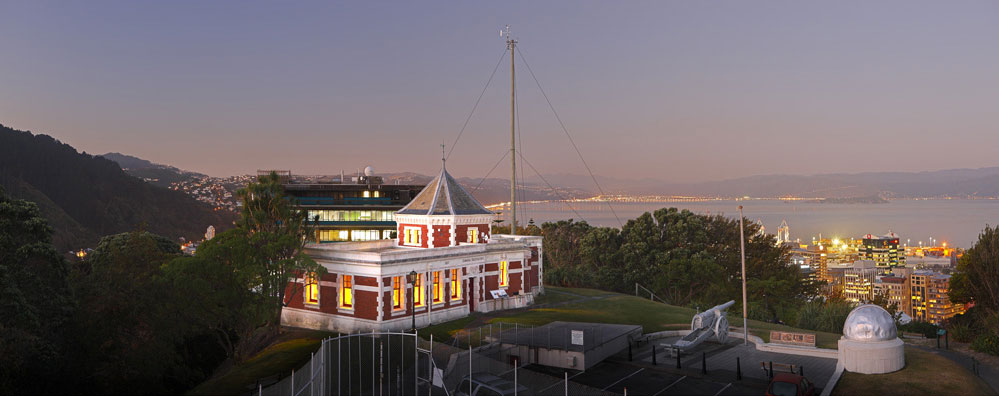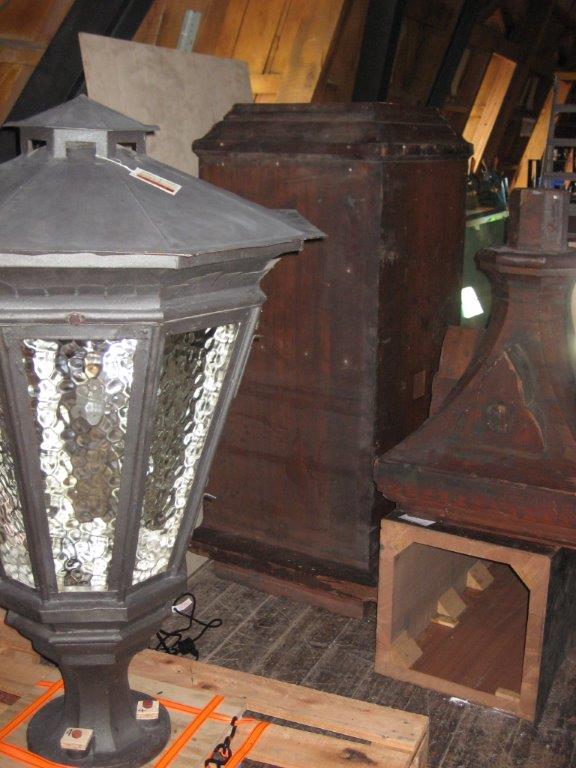Sexism in Science has been a fairly well-publicised issue in recent months, with several articles and the publication of a new BWB text Why Science is Sexist by Nicola Gaston. I have been wanting to write about our Science Curators for some time as they both have fascinating and diverse backgrounds, they’re both women with international careers, and they’re both curators primarily at Space Place at Carter Observatory. Strong evidence of why it’s important to make sure prejudice doesn’t hold girls & women back! Here are their stories in their own words:
Dr Claire Bretherton

As a child I was always fascinated by the stars, looking up to the sky and wondering what was out there. I remember going outside with Dad to see Halley’s comet in 1986. I grew up in a small village near Winchester in the south of England. We had pretty dark skies with no street lights along our road, but even so it was pretty hard to spot and didn’t quite live up to the spectacular previous visit in 1910 when Carter Observatory’s Cooke Telescope was amongst the first in the world to photograph the comet. Rather than being deterred, this just inspired me to find out more.
